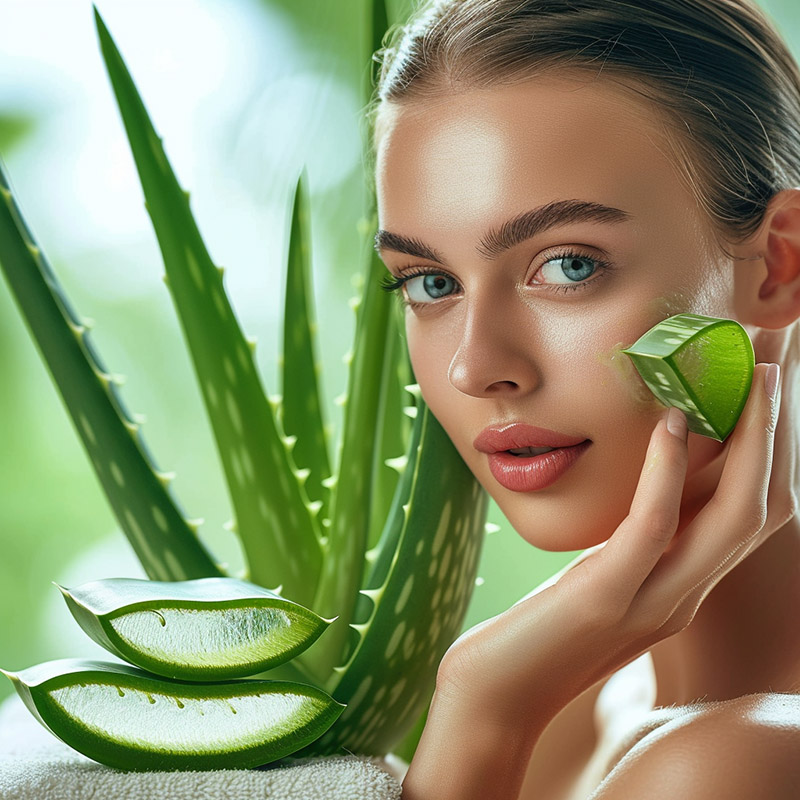Traditional Indian Beauty Tips
Traditional Indian beauty tips, often passed down through generations, combine natural ingredients and ancient practices. These tips are rooted in Ayurveda, an age-old Indian holistic healing system.
Turmeric for Glowing Skin
Turmeric is renowned for its anti-inflammatory and antibacterial properties. A popular Indian beauty tip involves creating a face mask by mixing turmeric powder with gram flour and yogurt or milk. This mask helps in brightening the skin and treating acne.

Coconut Oil for Hair Health
Indians have long used coconut oil for maintaining thick, lustrous hair. Massaging warm coconut oil into the scalp and hair nourishes the hair follicles, promotes growth, and provides a natural shine. It's also used as a natural conditioner.
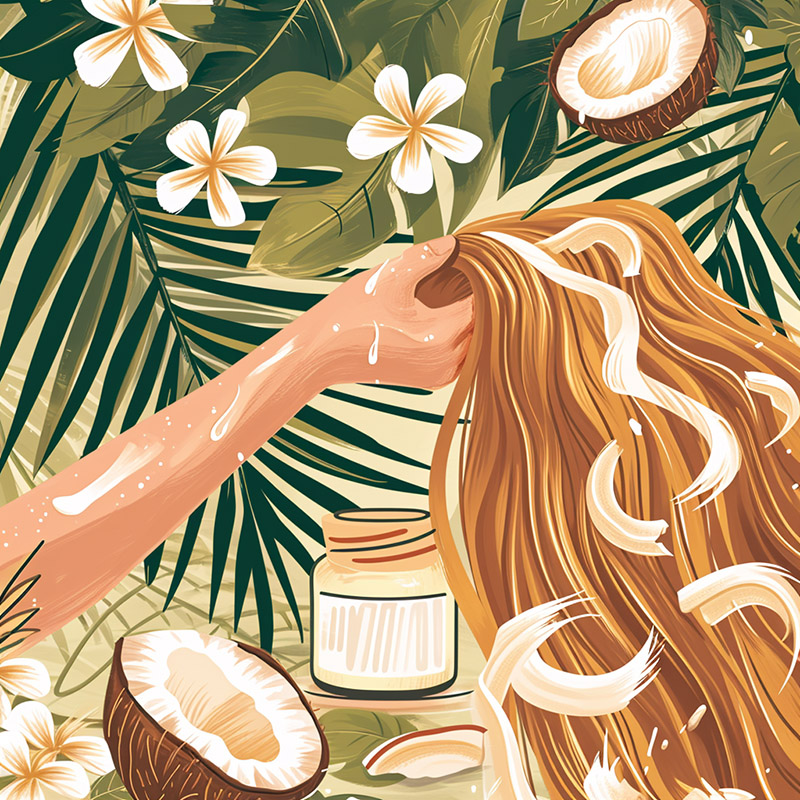
Neem for Clear Skin
Neem leaves are valued for their antiseptic properties. Boiling neem leaves in water and using the strained liquid as a skin toner can help in clearing acne, scars, and pigmentation.
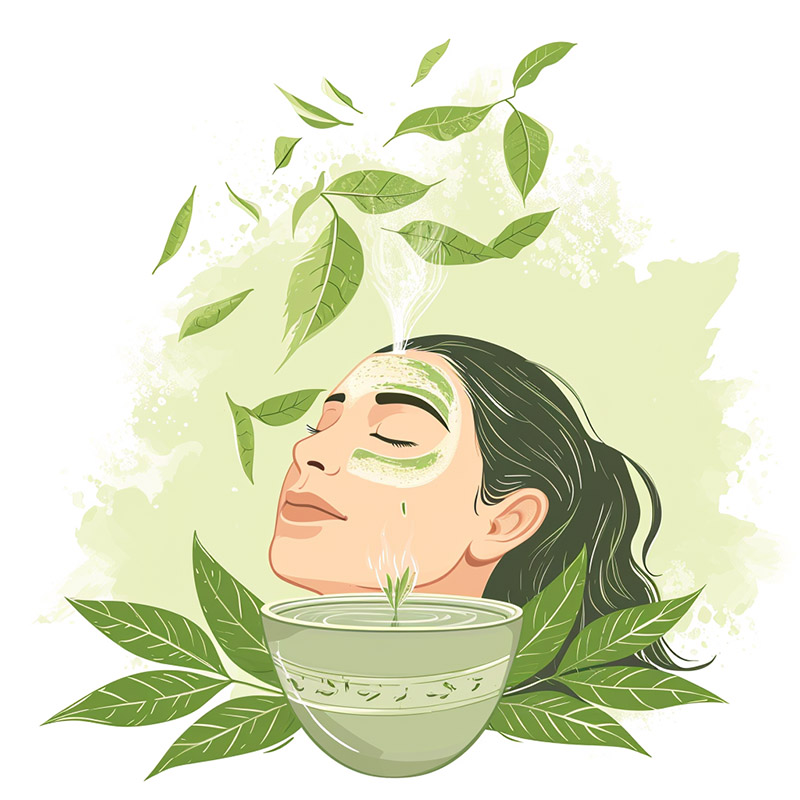
Amla or Indian Gooseberry
Amla is a key ingredient in many Ayurvedic remedies. Consuming it and applying its oil enhances hair growth, reduces graying, and strengthens the scalp. Amla juice is also believed to improve skin health when consumed regularly.
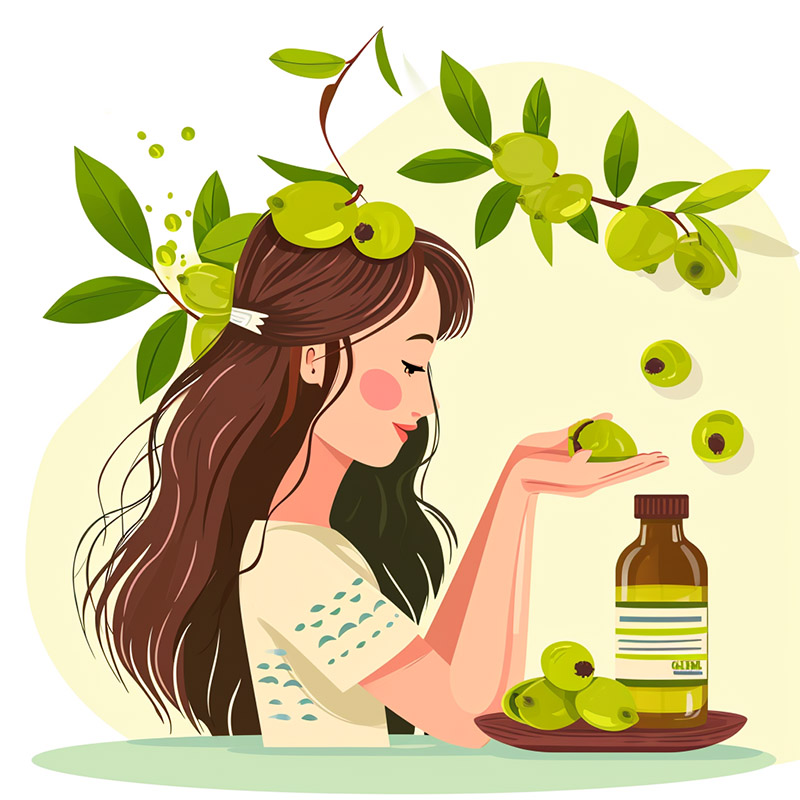
Rose Water as a Toner
Rose water, distilled from rose petals, is a gentle, natural toner and astringent. It helps maintain the skin’s pH balance, controls excess oil, and reduces redness and inflammation.
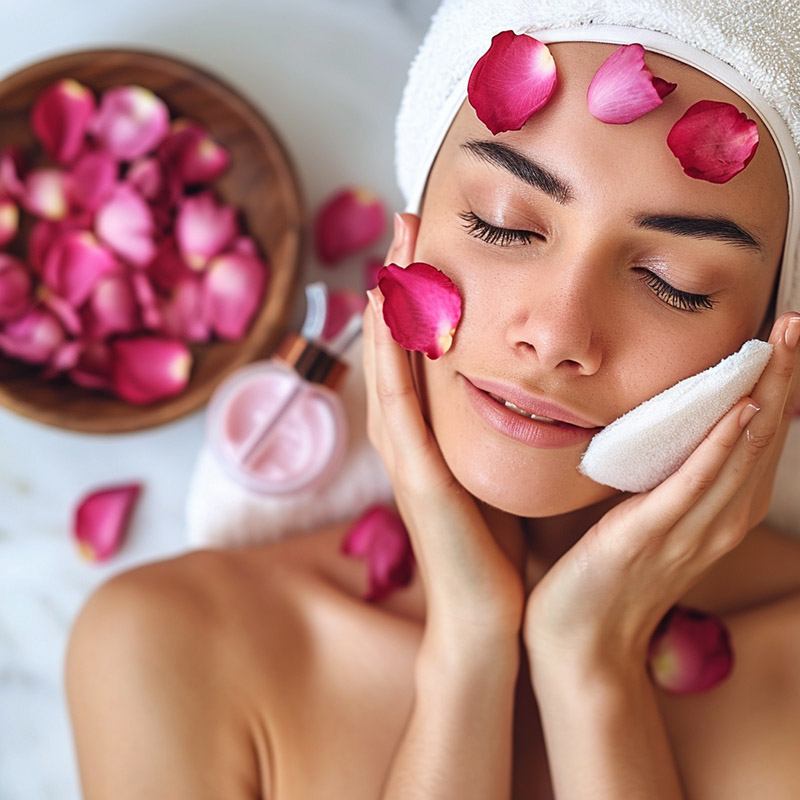
Sandalwood for Skin Soothing
Sandalwood paste, made from sandalwood powder, is known for its cooling and soothing properties. It's often applied to the skin to reduce sunburn, rashes, and blemishes.

Yogurt for Hair and Skin
Yogurt is commonly used in hair masks to soften and condition the hair. As a skincare product, it moisturizes the skin and reduces wrinkles and fine lines.

Henna for Healthy Hair
Henna is used both as a natural hair colorant and a conditioner. It strengthens the hair, reduces dandruff, and imparts a natural reddish tint.

Besan (Gram Flour) for Exfoliation
Besan is used as a natural exfoliator to remove dead skin cells. Mixed with milk or yogurt, it can be used as a face mask for glowing skin.
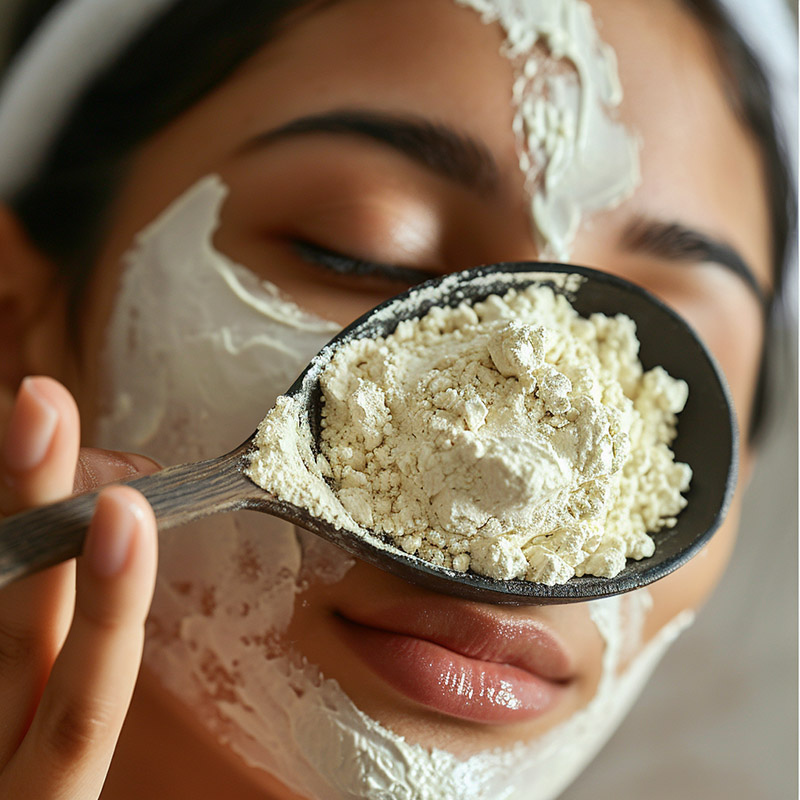
Oil Pulling for Oral Health
This ancient practice involves swishing oil, typically coconut or sesame oil, in the mouth for several minutes to improve oral health and detoxify the body.
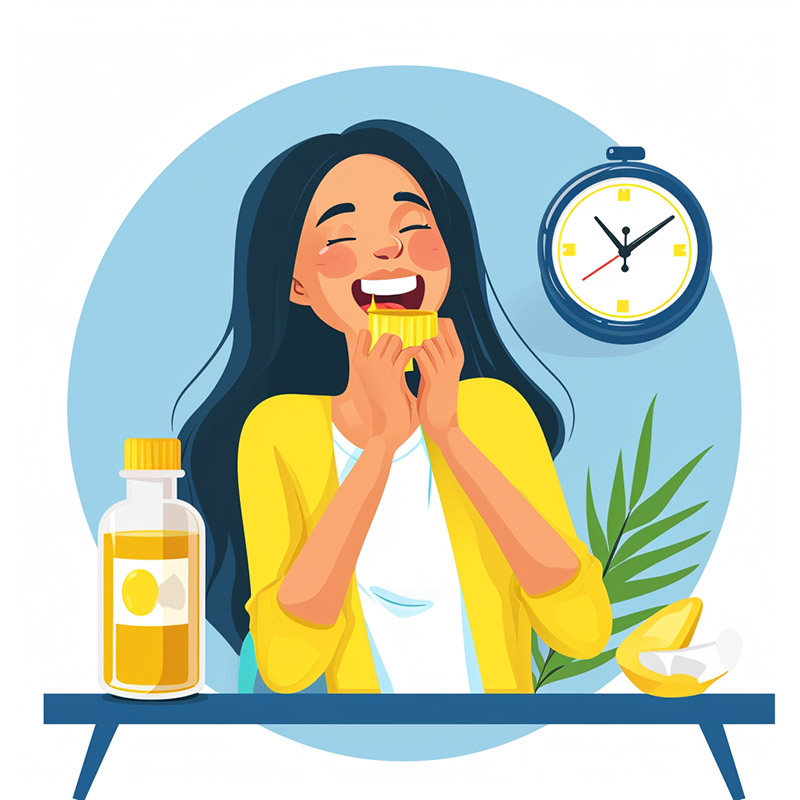
Traditional Asian Beauty Tips
Traditional Asian beauty tips are deeply rooted in natural ingredients and holistic practices, drawing from centuries-old traditions and knowledge.
Green Tea for Skin Health (Japan and China)
Green tea is rich in antioxidants and is used both as a drink and in skincare routines. It helps in reducing inflammation, improving skin elasticity, and fighting aging signs.
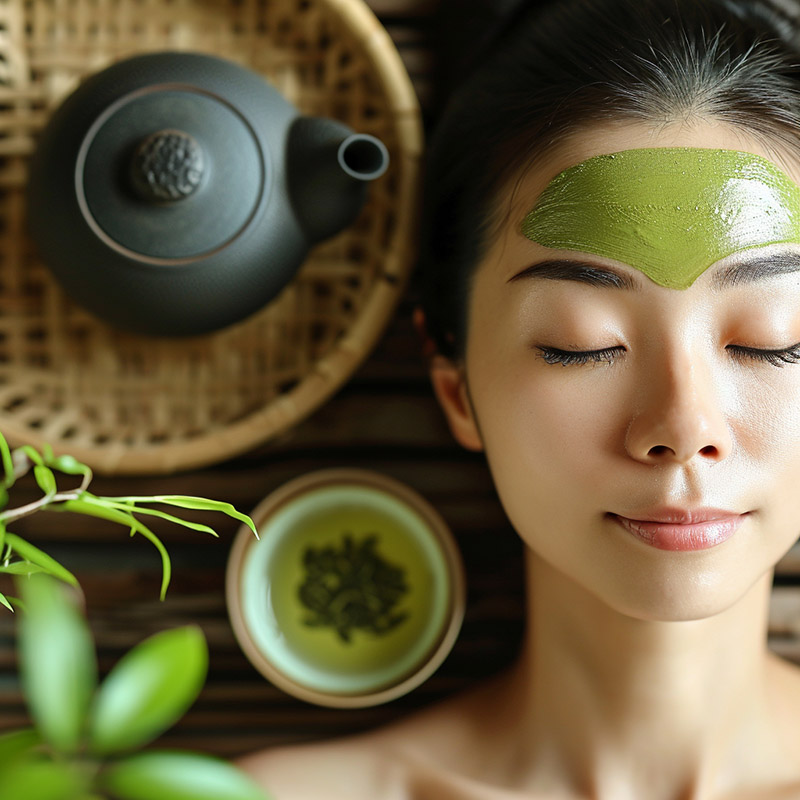
Rice Water for Skin and Hair (Japan and Korea)
Rice water, the water left over after rinsing rice, is used as a facial cleanser and hair rinse. It's believed to make the skin softer and hair stronger and shinier due to its inositol content.

Pearl Powder (China)
Pearl powder, made from ground pearls, is a traditional Chinese beauty ingredient used in face masks. It is believed to promote a clear, glowing complexion and is also used to treat acne.
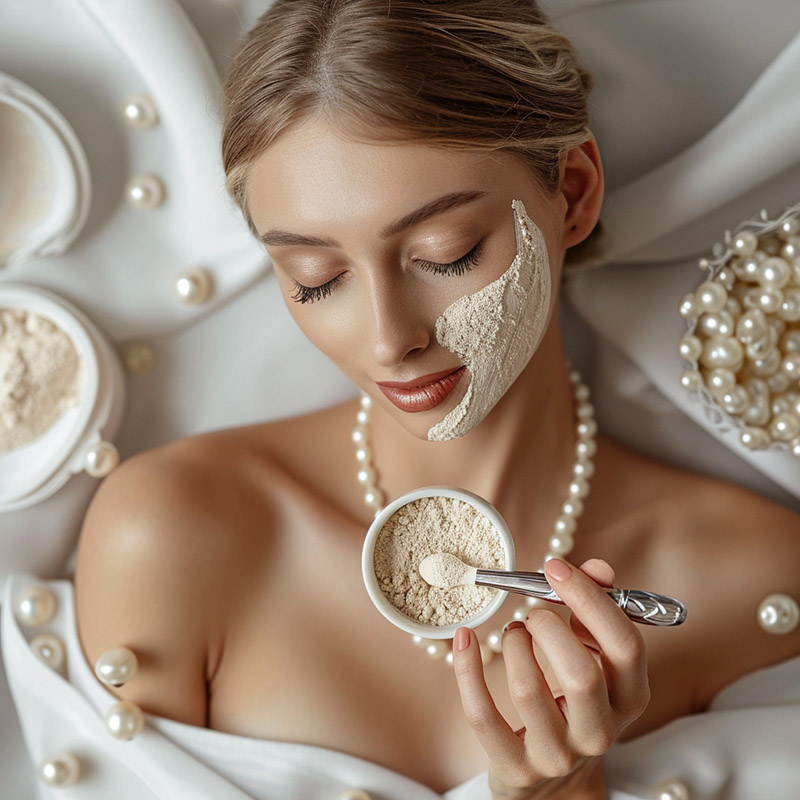
Ginseng for Youthful Skin (Korea)
Ginseng is a popular ingredient in Korean skincare, known for its anti-aging properties. It helps in boosting skin hydration, diminishing rough texture, and increasing elasticity.
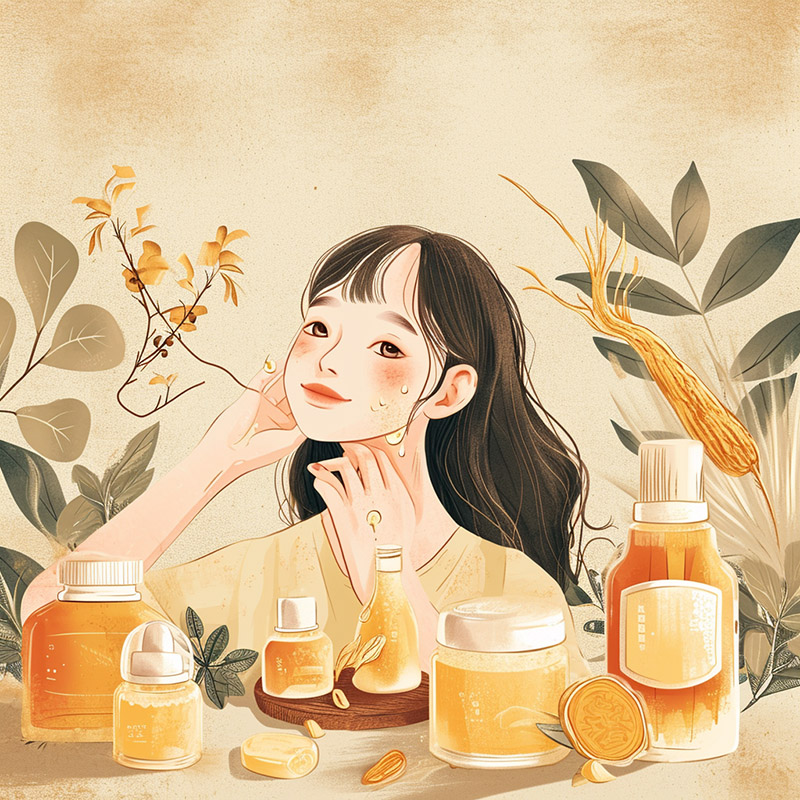
Turmeric for Glowing Skin (India)
Commonly used in Indian beauty regimens, turmeric is known for its anti-inflammatory and antibacterial properties. It is used in face masks for glowing skin and to treat acne and scars.
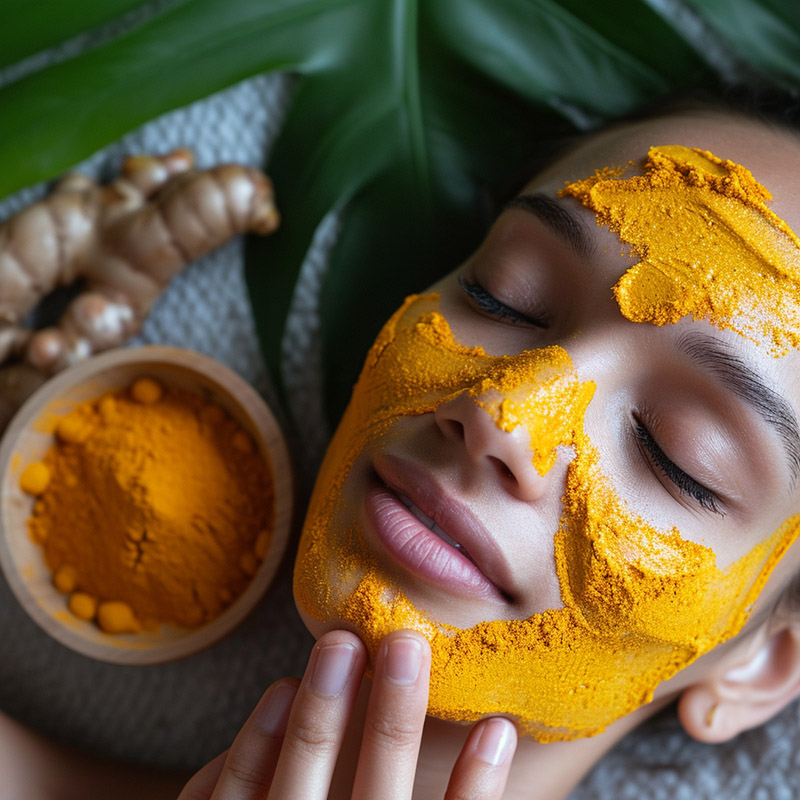
Camellia Oil for Hair Care (Japan)
Camellia oil, extracted from the seeds of camellia flowers, is used for hair care in Japan. It's rich in oleic acid and vitamins A, D, and E, making it excellent for moisturizing and strengthening hair.

Coconut Oil in Everything (Southeast Asia)
In many Southeast Asian cultures, coconut oil is used for hair care, skincare, and even as a natural sunblock. It's revered for its moisturizing and protective properties.
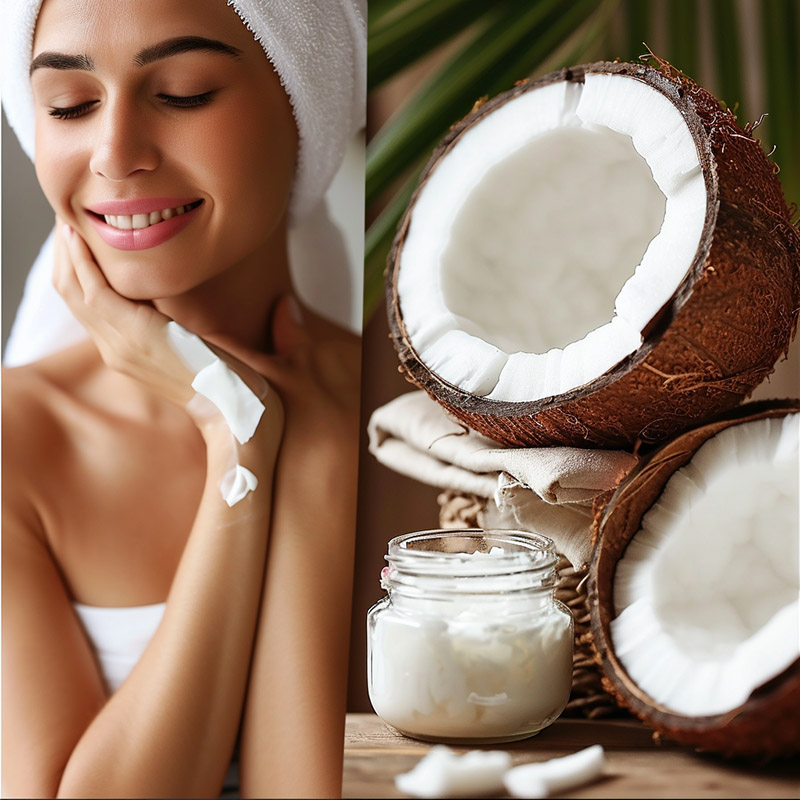
Papaya as a Natural Exfoliant (Various Regions)
Papaya is used across various Asian cultures for its natural exfoliating properties due to the enzyme papain. It's often used in homemade face masks to remove dead skin cells and brighten the skin.

Silk Cocoon Face Scrub (China and Japan)
Silk cocoons contain sericin, a protein that can help in reducing the appearance of wrinkles and hydrating the skin. They're used as a gentle physical exfoliant in skincare routines.

Aloe Vera for Soothing Skin (Various Regions)
Widely used across Asia, aloe vera is known for its soothing and moisturizing properties. It's commonly applied to sunburns, dry skin, and used in various skincare products.
